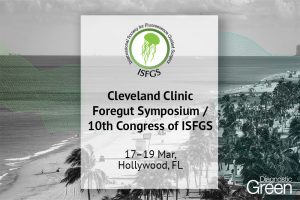In this editorial we comment on the article by Kalayarasan and co-workers published in the recent issue of the World Journal of Gastrointestinal Surgery. The authors present an interesting review on the use of indocyanine green fluorescence in different aspects of abdominal surgery. They also highlight future perspectives of the use of indocyanine green in mini-invasive surgery. Indocyanine green, used for fluorescence imaging, has been approved by the Food and Drug Administration and is safe for use in humans. It can be administered intravenously or intra-arterially.
Since its advent, there have been several advancements in the applications of indocyanine green, especially in the surgical field, such as intraoperative mapping and biopsy of sentinel lymph node, measurement of hepatic function prior to resection, in neurosurgical cases to detect vascular anomalies, in cardiovascular cases for patency and assessment of vascular abnormalities, in predicting healing following amputations, in helping visualization of hepatobiliary anatomy and blood vessels, in reconstructive surgery, to assess flap viability and for the evaluation of tissue perfusion following major trauma and burns. For these reasons, the intraoperative use of indocyanine green has become common in a variety of surgical specialties and transplant surgery.
Colorectal surgery has just lately begun to adopt this technique, particularly for perfusion visualization to prevent anastomotic leakage. The regular use of indocyanine green coupled with fluorescence angiography has recently been proposed as a feasible tool to help improve patient outcomes. Using the best available data, it has been shown that routine use of indocyanine green in colorectal surgery reduces the rates of anastomotic leak. The use of indocyanine green is proven to be safe, feasible, and effective in both elective and emergency scenarios. However, additional robust evidence from larger-scale, high-quality studies is essential before incorporating indocyanine green guided surgery into standard practice.




